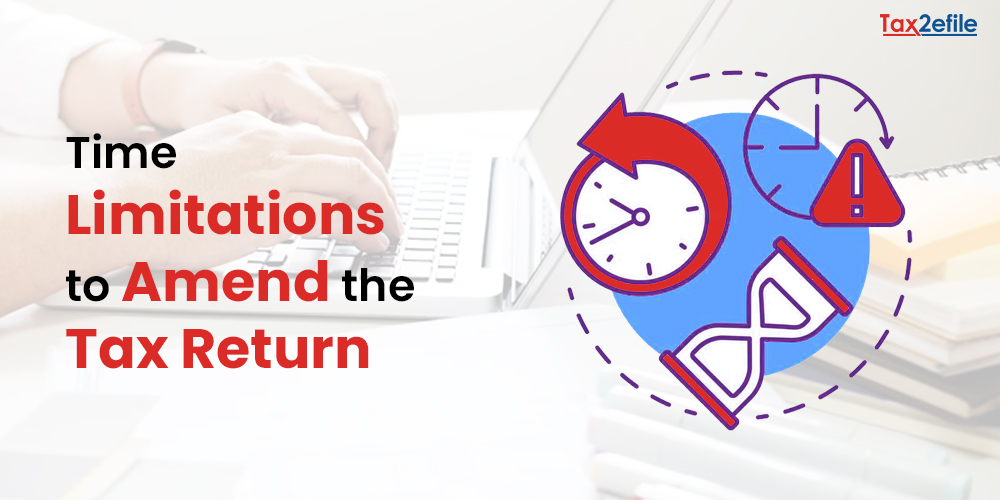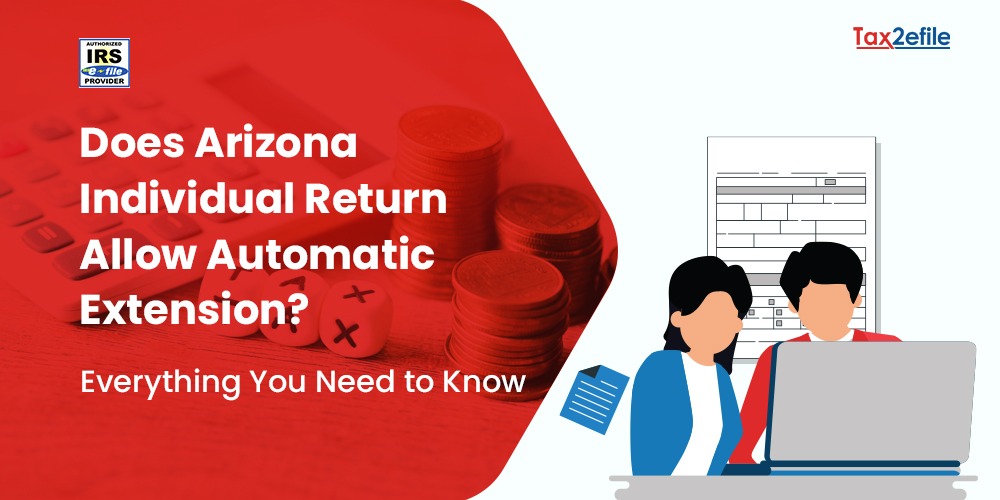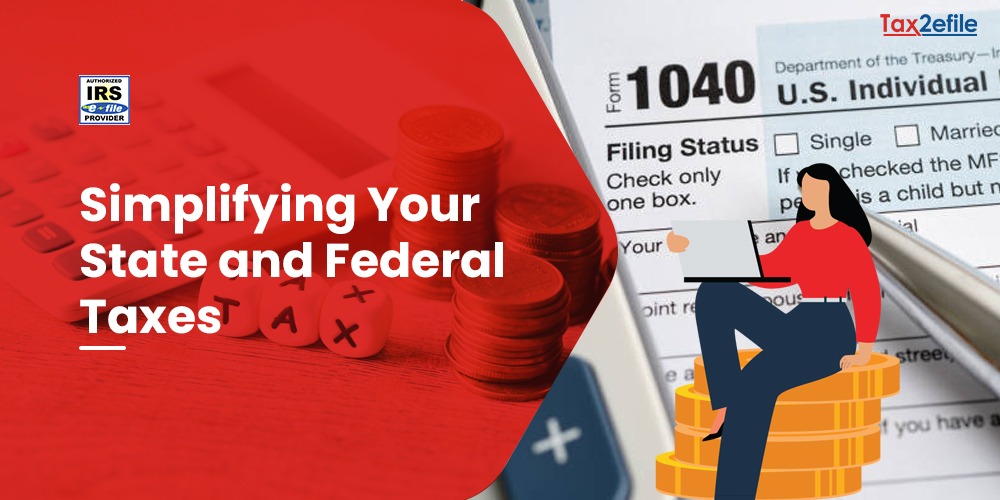- August 21, 2024

Tax amendments refer to the changes that we make in the tax statement after realizing that we have made a mistake on the tax return that we have already filed. The IRS allows its taxpayers to actually correct these mistakes by allowing them to amend a tax return. If the corrections would increase the tax amount that one owes, then it is advantageous for the taxpayer to file the amendment so that they can avoid the potential penalties and the interest for underpayment of the taxes.
Table of Contents
Who Should File the Tax Amendments?
All taxpayers are expected to file their taxes annually for the previous tax year. In case the taxpayers realize that they have made a potential mistake in filling the tax form, or if their circumstances have changed after they have submitted and mailed the tax return and that has also been accepted by the government, then they can file for tax amendments. The Internal Revenue Service has offered ways to allow taxpayers to redo their taxes by providing the amended tax return Form. Form 1040-X is used for this purpose and this is available readily on the IRS website.
It is also to be noted that only some of the errors on the tax return require tax amendments. The IRS would generally identify the errors and spot the issues with the tax calculations by itself when the initial tax return is sent for processing the taxes. During the process, the IRS will also adjust the refund owed against the additional tax liability and will bill the due to the taxpayer. Only in the event of the taxpayer forgetting or failing to include an important schedule or form along with their original tax return will the IRS send them a letter requesting them to mail back the missing information to the IRS office.
When to File Tax Amendments?
A tax amendment is an IRS form filed to correct the tax returns of the past year. An amended return has a number of advantages. It can correct the errors and claim a refund, too. The taxpayer can file an amendment under the following circumstances
Change in Filing Status
If the filing status of the taxpayer has been changed or needs to be entered properly, then it is to be taken for amendment. For example, the individual taxpayer who has been filing as single but actually got married on the last day of the tax year may have to amend their tax return by filing their taxes under the appropriate tax filing status, such as married and filing jointly or as married and filing separately.
Change in the Number of Dependents Reported
A tax amendment will be necessary if the taxpayer needs to claim additional dependents or remove the dependents that they have claimed previously. For example, the couple might have a baby born in January before filing their tax return in April of the previous year. The baby cannot be included in the previous year’s tax return, as the baby was not born before the end of the tax year.

Incorrect Claim on Tax Credits and Deductions
If the tax credits and deductions were claimed incorrectly or not at all, then tax amendments become mandatory. The taxpayer might realize that they qualify for a tax credit and deduction and file an amendment to reflect this.
The Income Reported for the Tax Year is Incorrect
If the taxpayer receives additional tax documents for the tax year, such as Form 1099 or K-1, arriving in the mail after the deadline, they might have to amend the return to report their additional income.
Legislation Changes
There are chances for the deductibility of certain expenses to change as a result of changes in the legislation. There are chances for legislation changes to come after the taxpayer has filed a return. This might alter the deductibility of certain expenses. We can take the PMI as an example. The deduction on the private mortgage insurance expires in December 2017, owing to the act passed on the Tax Cuts and Jobs Act of 2017.
Tax Reliefs Owing to Natural Disasters
There are chances for the tax reliefs owing to natural disasters to change the tax liability of the taxpayer. Tax amendments are common for taxpayers who have been affected by a natural disaster. The government generally offers tax relief for those who get caught in natural disasters, but the legislation might tax longer to finalize these tax windows. The taxpayers are expected to pay their taxes in full when the tax return is due. If there are changes in the legislation, they can file tax amendments to claim the refund they owe to them, owing to the natural disaster tax relief.
Apart from these reasons, if taxpayer realizes that they owe more taxes than they have actually paid, then they can file tax amendments to avoid getting penalties from the government.
Ways to Amend the Tax Return
The IRS recommends its taxpayers make the tax amendments through Form 1040-X. This tax Form will have three columns, namely columns A, B, and C. Under Column A the tax figure that is reported in the original or the last amended tax Form is recorded. The taxpayer is expected to input the correct number or the adjusted tax value in Column C.
The difference in the value between columns A and C should be reflected in Column B. The adjustments that are made to the tax return will either result in a tax refund, balance due, or a tax change. The taxpayer is also expected to explain the changes that they are making, and the reasons behind every change, in the sections provided at the rear of Form 1040-X.
Time Limitations to Amend the Tax Return
Taxpayers have only a limited amount of time to file the tax amendments. Otherwise, the IRS would not accept the amendments to process the tax refund. In order to receive the tax refunds, the amended return is expected to be filed either three years from the original due date of the return, three years after the date the taxpayer has filed the return, or within two years of paying the tax for the financial year.

For instance, if the taxpayer files the tax return for the year 2023 on March 15th, 2024, then they will have time till April 18, 2026, to get their tax amendments filed with the IRS. As a consequence, the taxpayer does not have the obligation to file the amended tax return after the relevant limitation period, if there are chances that the correction would increase the amount of tax they owe. The IRS will not issue the refund check, for the amended return if it is filed after this limitation period.
Amending the State Income Taxes
When the taxpayer amends their federal tax return, it is inherent that they amend their state income tax returns as well. Most of the states will calculate their taxable income on the basis of the information they furnish on their federal return. Therefore the changes that the taxpayer makes on their federal return are likely to affect their state return as well.
For instance, if the taxpayer filed the amended tax return to increase their refund by adding the charitable contribution deduction that they have forgotten to include, then this might reduce their state taxes as well.
Preparing the Tax Amendments
Taxpayers have to remember that their personal tax returns are generally amended by filing the IRS Form 1040-X. If there are corrections pertaining to the items that they report on the schedule, they are expected to prepare a new schedule and submit it along with Form 1040-X. With Tax2efile, a tax expert will analyze the unique tax situations and will carry out tax amendments from start to finish. Taxpayers can also file their own returns right at the Tax2efile website or app by taking advantage of the step-by-step guide available at the portal. They will guarantee 100% accuracy in filing tax returns and help taxpayers achieve the maximum refund.
The IRS might take up to 3 weeks from the date of filing the amendment to show up in the system and up to 20 weeks to process the amendment. If the returns are incomplete, have errors, or are unsigned, it might take more than 20 weeks to process. Therefore, it is important to get help from an authorized service provider like Tax2efile to file the amendments.
Taxpayers will be able to track the status of their amended return at around three weeks after filing them at the IRS website or through the toll free number.


